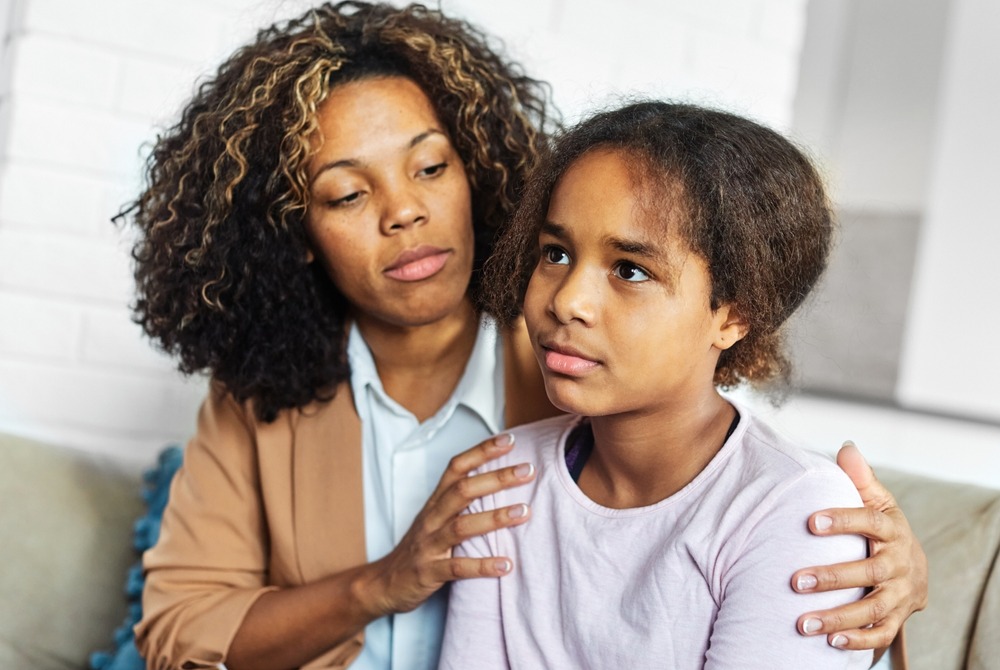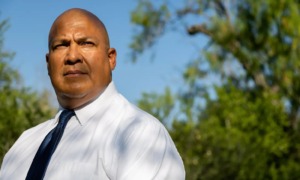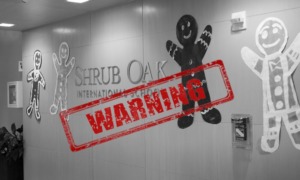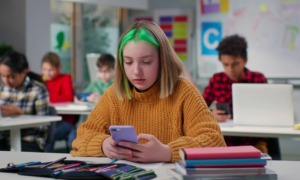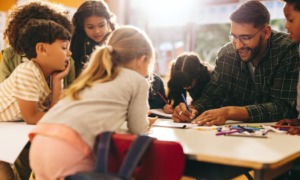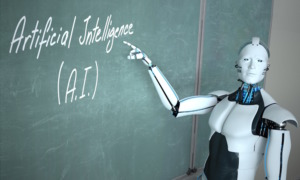This story first appeared at The 74, a nonprofit news site covering education.
As I look at the impact of the pandemic on adolescents, two very different sets of data stand out. First, we have seen huge declines in teenagers’ mental health. In October 2021, the American Academy of Pediatrics declared a national emergency in child and adolescent mental health, pointing to soaring rates of depression, anxiety, trauma, loneliness, and suicidal thoughts. In March 2022, the Centers for Disease Control reported that more than 40 percent teenagers are “persistently sad or lonely;” a follow-up report in February 2023 found that number rises to 57% among teenage girls.
Meanwhile, school violence and behavior issues are up. In addition, an estimated 22% of students have been chronically absent (missing more than 10% of school) since the pandemic, while one to two million students have not returned to school at all, according to the U.S. Department of Education. Not surprisingly, the situation is worse for students who have been historically marginalized and underserved.
Second, and much more encouragingly, we have seen a huge surge in international interest in social and emotional learning (SEL), which supports students’ academic achievement and mental wellness, according to an extensive body of research. While some U.S. politicians play politics with this issue, restricting what can be taught in American classrooms, other nations are coming to us for advice on the practices and policies that will help advance their students’ overall wellbeing. Indeed, countries such as Australia, Israel, Portugal, and Spain are making SEL a national priority.
Strong business, family and educator support
Fortunately, a growing number of U.S. corporate leaders also get it. They tell us repeatedly that, while they can find employees with the right technical skills, many of these potential hires lack the key social and emotional skills that will help them thrive as team players in the workplace. Indeed, 92% of surveyed executives say skills such as problem-solving and communicating clearly are equally or more important than technical skills. One corporate leader told me his response to policymakers in a state that is eliminating culturally responsive teaching and other SEL-related efforts:
“If you don’t want SEL in your schools, you don’t want my business in your state.”
The business support is not surprising, given the close alignment between employability skills and the five cornerstones of SEL: self-awareness (understanding one’s strengths and weaknesses); self-management (including organizational skills, self-discipline, initiative); social awareness (listening, empathy, understanding others’ perspectives); relationship-building (communications, resolving conflict, teamwork); and responsible decision-making (problem-solving, analyzing the pros and cons of various choices).
Although we have heard some divisive narratives in media and politics, the data shows that the vast majority of students, families, and educators strongly support SEL: 93% of parents of K-12 students say it’s at least somewhat important to them that their children’s schools teach them to develop these life skills. Further, 86% of educators say they emphasize SEL in the classroom, 83% say it improves academic outcomes, and 84% say it boosts skills like collaboration, communication, and critical thinking.
What schools are doing
Educators are building on this strong support—not just to recover from the pandemic but to redesign education. Optimally, they’re taking a systems approach to SEL, teaching it not just as a one-off course in sixth period, but instead integrating it into everything they do. They are strengthening school culture and climate by prioritizing the relationships among students and between students and adults (from teachers to custodians). They are focusing on the well-being of staff, who have suffered as well. They are integrating SEL with academics, so that students are learning teamwork during math class discussions and better understanding various perspectives when studying everything from the American Revolution to Shakespeare, among many examples.
[Related: What are wellness rooms, and why do schools need them?]
For example, Benito Juarez Community Academy, serving high school students in the Pilsen community of Chicago, has committed to prioritizing both student and adult SEL and well-being. They’ve implemented a competency-based instructional model that gives staff time not only to focus on the academic progress of students but also their social and emotional development. Students have the opportunity to put their SEL into practice when they share insights and perspectives through student committees. The school has also used staff-wide professional learning time to focus on adult SEL, and partnered with families to create a series of parent and caregiver discussions on SEL.
Going forward, we should continue discussing academic loss, but we must also talk about the impact of relationship loss. This is true for all grades, but is particularly important now in high schools, where students’ perception of teacher connection has declined to a new low, according to a survey by the nonprofit YouthTruth: less than a quarter of students say their teachers try to understand their lives outside of school.
Less than half say there’s an adult at school who they can talk to when they’re having problems or feeling upset and stressed.
Unless we strengthen relationships, we won’t close the learning gaps. SEL is not a distraction from academics, but a tool that can help us build relationships so we can get to academic recovery and success. Hundreds of independent studies confirm that SEL positively impacts academic achievement. And recent research out of Chicago found that fostering ninth graders’ social and emotional development had a nearly identical impact on their academics as focusing mire time specifically on the academic subject. The most effective approach takes a a systems approach to SEL, teaching it not just as a one-off course in sixth period, but instead integrating it into everything students do in all their classes. When students have social and emotional skills paired with positive relationships that make them feel like part of a community, they want to come to school and learn.
Schools also are strengthening their partnerships with parents and families, a natural outcome of families being more actively engaged in their children’s day-to-day learning during the pandemic. I experienced these challenges firsthand during the past two years, helping my middle schooler and eight-year-old navigate a changing world increasingly powered by digital media. And here comes artificial intelligence—the challenge of separating fact from fiction, good from bad, and making good choices just got a lot harder. Parents and teachers must help educate the next generation for digital citizenship.
Policymakers also have an important role to play. Out of the media glare, strong bipartisan support continues for evidence-based efforts to strengthen students’ well-being—socially, emotionally, and academically. Red and blue states are both investing in SEL as part of COVID recovery efforts, and 27 states across the country have adopted SEL standards or competencies to guide pre-K-12 instruction. At the federal level, SEL is being embedded into key legislation, from the federal American Rescue Plan to the Safer Communities Act and bills addressing everything from mental health to opioid addiction. The long-term outcome: more students will succeed not only in school, but at work and in life as well.
***
Aaliyah Samuel is the president and CEO of The Collaborative for Academic, Social, and Emotional Learning and a senior gellow at Harvard University, Center on the Developing Child. She previously served as deputy assistant secretary, local, state and national engagement at the U.S. Department of Education, and former executive vice president of government affairs & partnerships at the Northwest Evaluation Association. Prior to NWEA, Samuel was the director of education at the National Governors Association.
This essay was originally published as part of the Center on Reinventing Public Education’s 2023 “State of the American Student” report. As part of the effort, CRPE asked 14 experts from various sectors to offer up examples of innovations, solutions or possible paths forward as education leaders navigate the current crisis. (See all the perspectives.)
See more from the Center on Reinventing Public Education and its 2023 “State of the American Student” report.


